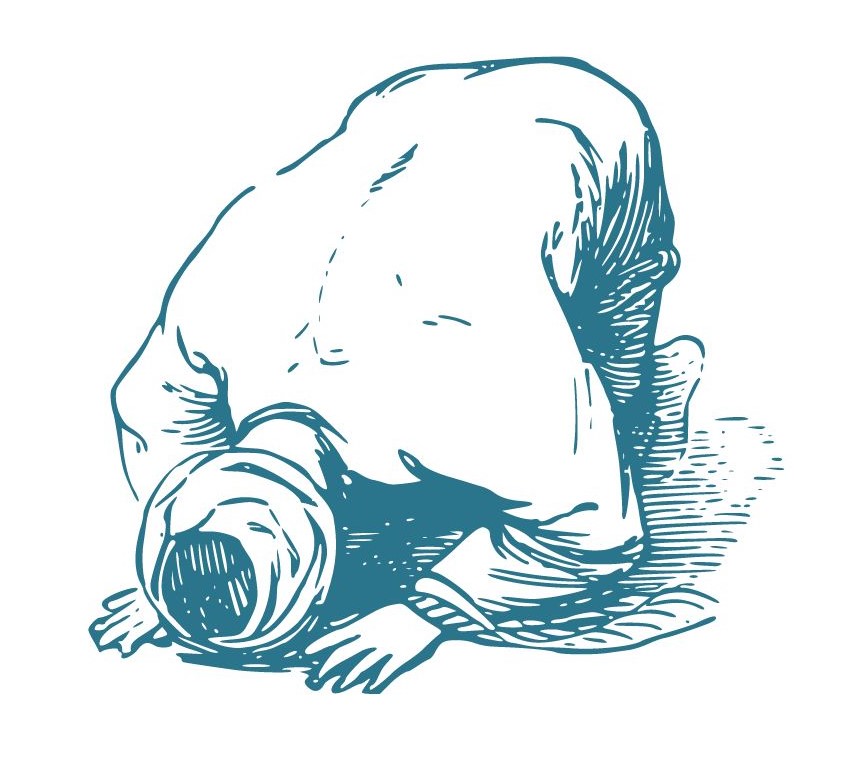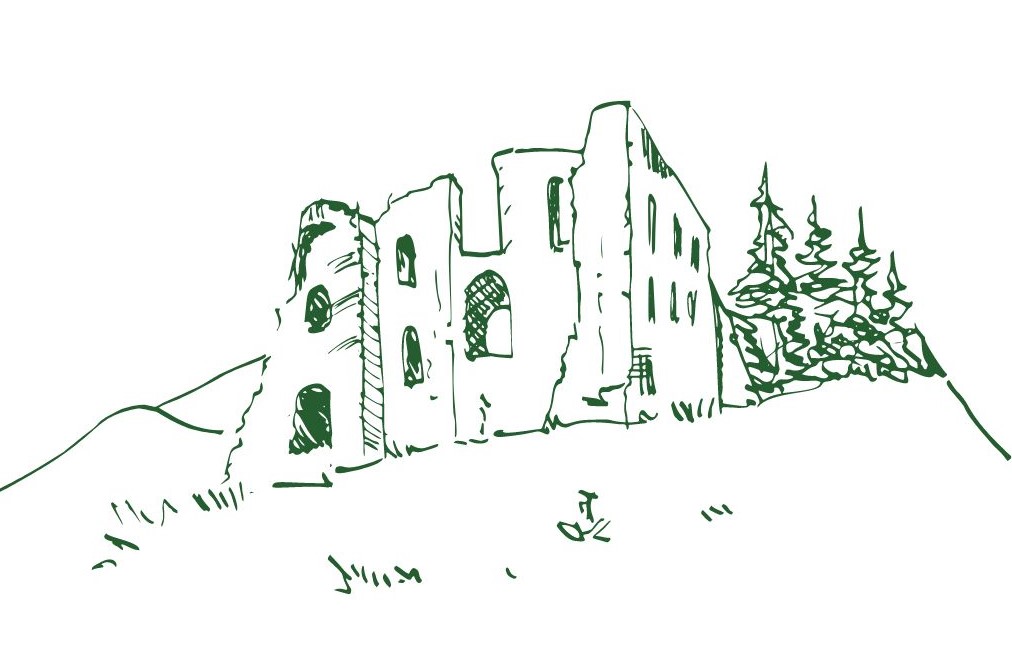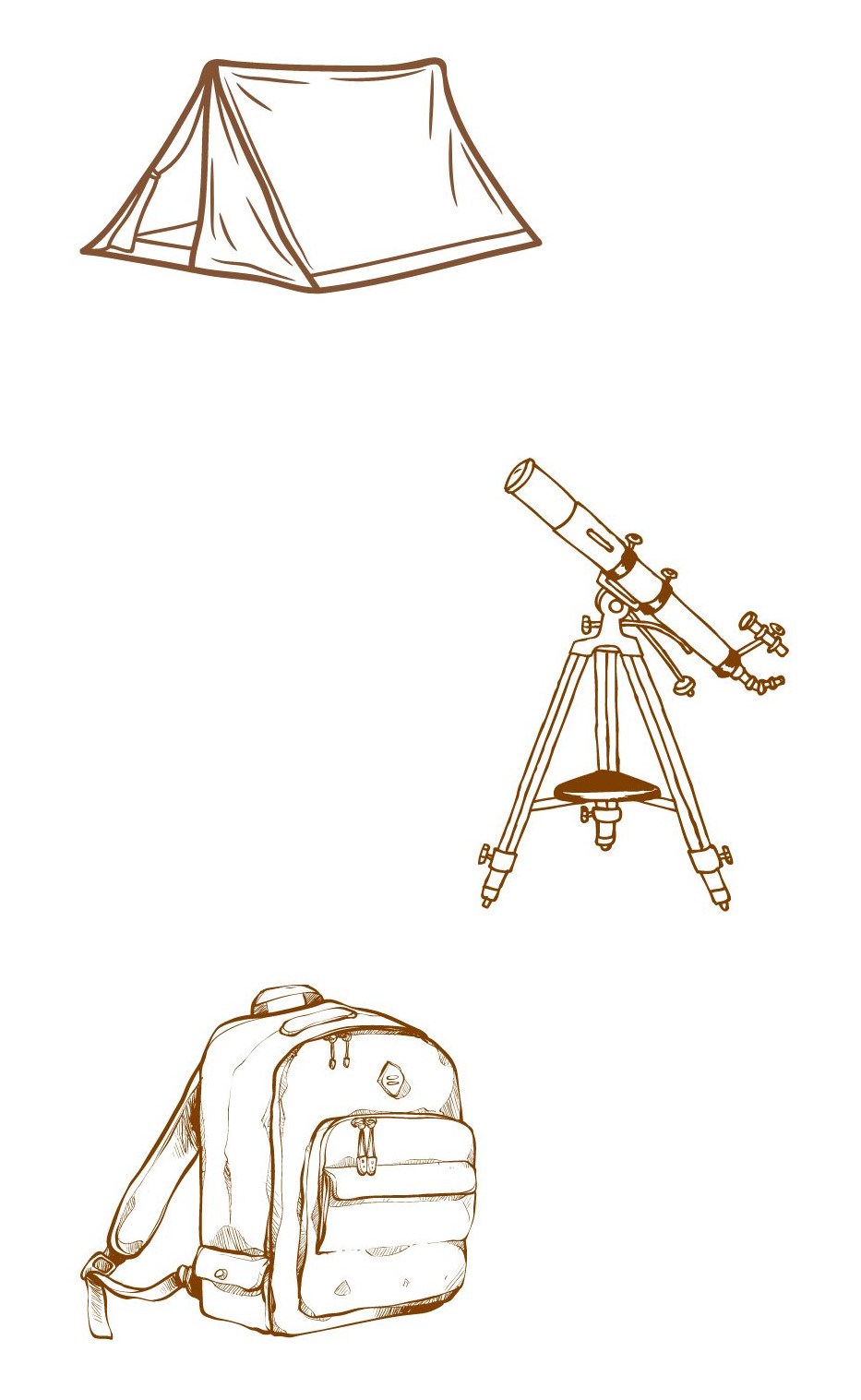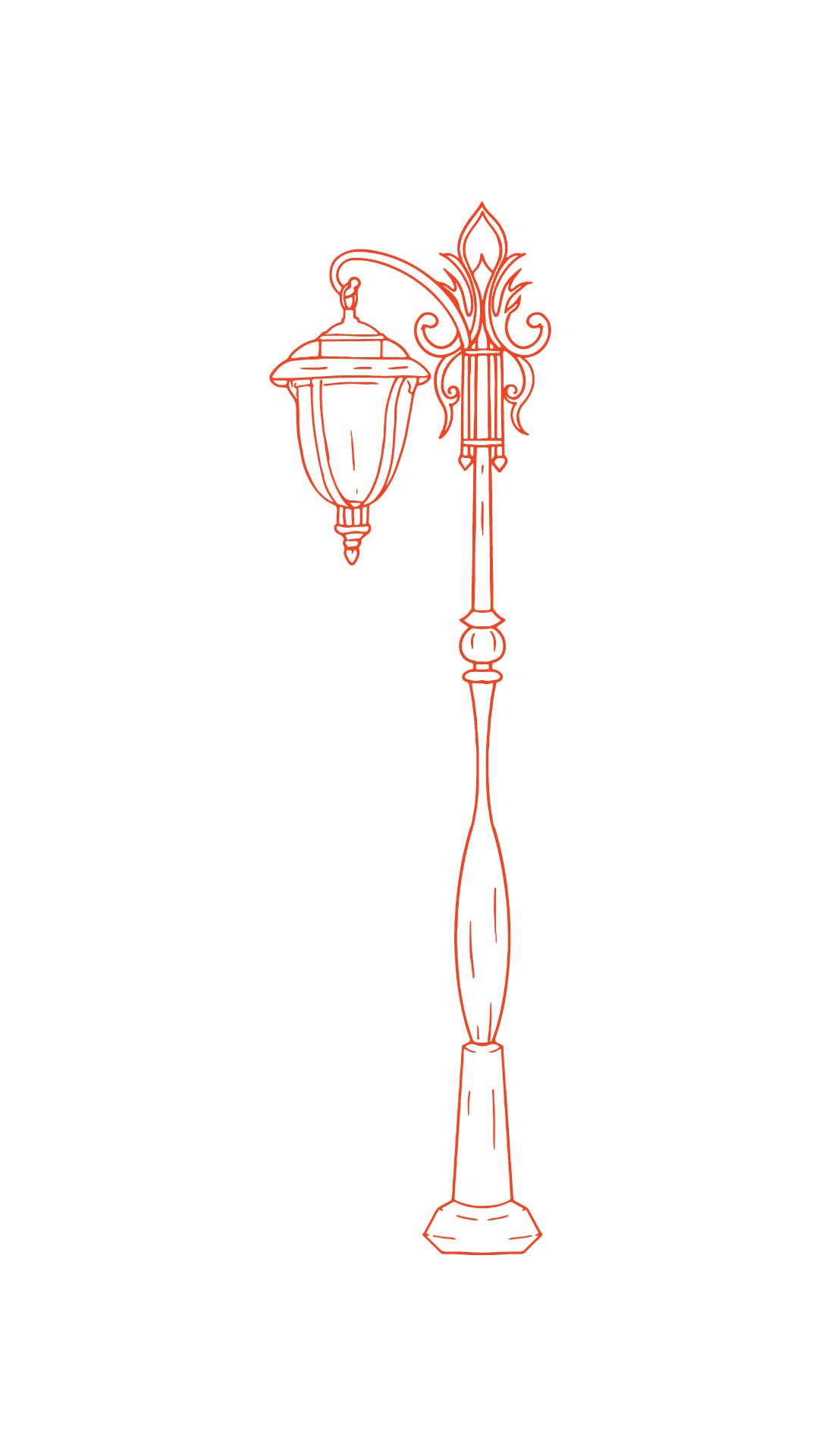Passion of the People
Dive into questions and answers about the stars in science, religion, culture and the arts, and tomorrow’s tourism in Europe:
- Why have the stars fascinated human beings for thousands of years?
- How did our ancestors decode the starry sky, and orient themselves in time and space?
- Why is light pollution a problem, and what can we do against it?
- How can we harness the possibilities of star and nature tourism, and develop the field further?
1.1 Cultural – Historic Access to the Sky and the Stars
1.1.1 The Fascination of the Stars
1.1.2 Lighting as a New Phenomenon in Cultural History
1.1.3 The Origins of the Calendars
1.1.4 Solstices and Equinoxes
1.1.5 Prehistoric Cultures and Mankind’s First Star Witnesses
1.1.6 The Legacy of the Greek and Roman Antiquity
1.1.7 The Knowledge of the Advanced Civilisations
1.1.8 Middle Ages Belief in the Power of Stars
1.1.9 Renaissance and the Age of Enlightenment
1.1.10 The Exuberant Imagination of Baroque

1.2 Perception of the Stars in Literature, Theatre, the Arts and Architecture

1.2.1 Myths and Legends Linked to the Stars
1.2.2 Symbols and Metaphors
1.2.3 Stories and Fables
1.2.4 Stars in Cultural History
1.2.5 Decorative Styles
1.3 Religion and Stars
1.3.1 Stargazing in the World Religions
1.3.2 Religion and Esotericism – The Challenge of Drawing Boundaries
1.3.3 Astronomy and Astrology – Science and Pseudoscience
1.3.4 Heaven and Stars in Christian Imagery in Churches and Monasteries

1.4 Cultural Landscapes and Their Links to the Stars

1.5 Tourism and the Appreciation of the Stars
1.5.1 Tourism – A Sector in Constant Search of New Offers
1.5.2 Tourists’ Expectations in Terms of Accessible and Sustainable Tourism
1.5.3 The New Awareness of Light Pollution and the Recognition of the Importance of the Dark Sky
1.5.4 Dark Skies Observation as a Competitive Asset for Sustainable and Experiential Tourism

1.6 Star and Nature Tourism as an Emerging Trend in Tourism

1.6.1 Trying a Definition: Star Tourism, Astrotourism, Nature Tourism
1.6.2 Searching for the Unpolluted View of the Stars
1.6.3 The Development of Tourism Offers for Star Tourism
1.6.4 Nature Tourism – How Does Tourism Benefit of Wild Nights?
1.6.5 Health Tourism – How Does Tourism Benefit of Natural Nights?
1.6.6 The Storytelling Approach for Scientific Dissemination and Tourist Engagement
1.6.7 Case Studies, Good Practices and Analysis for Star Tourism
1.6.9 Transnational Networking in Star Tourism
1.6.10 Star Tourism as the Perfect Offer in Times of a Pandemic
1.7 Light Pollution
1.7.1 What Is Light Pollution?
1.7.2 How Do We Quantify Light Pollution?
1.7.3 Aspects of Light Pollution
1.7.4 Light Pollution: A Matter of Energy Consumption and Climate Change
1.7.5 How to Improve Sky Quality and How to Reduce Light Pollution?
1.7.6 Legislation, Standards and Guidelines Against Light Pollution in Europe. Dark Skies Certification
1.7.7 Beyond Light Pollution – The Silent Sky: The Problem of Electromagnetic Interferences
1.7.8 Beyond Light Pollution: The Starlink Satellites Constellation


